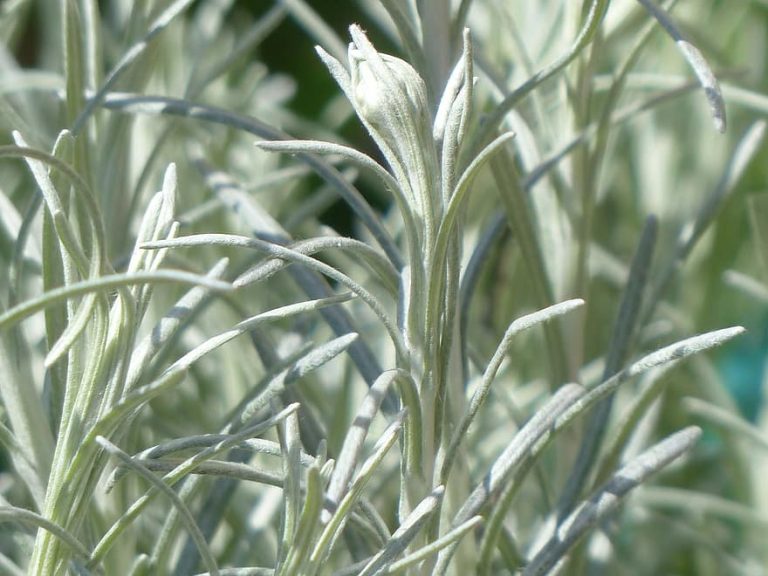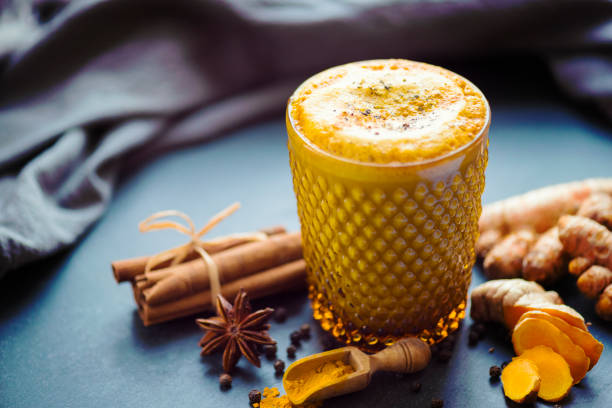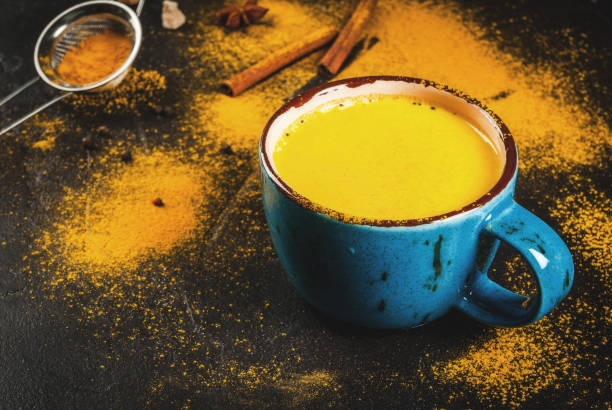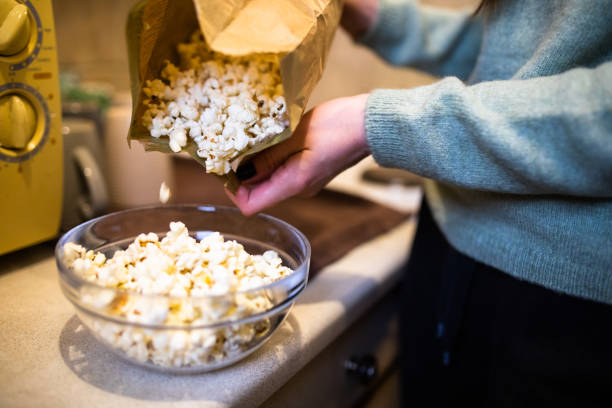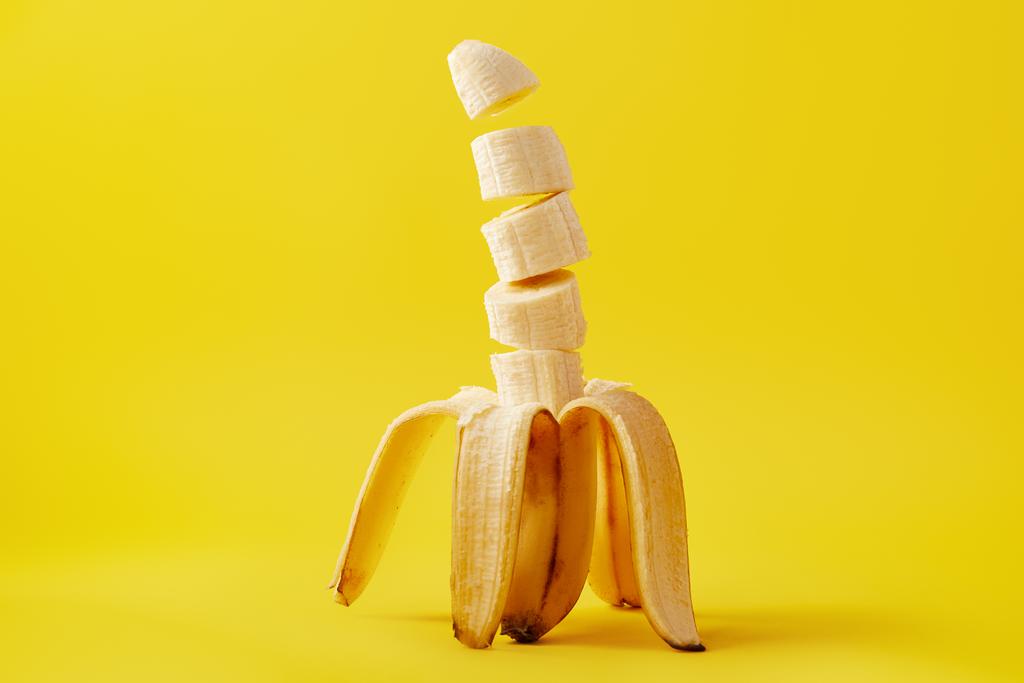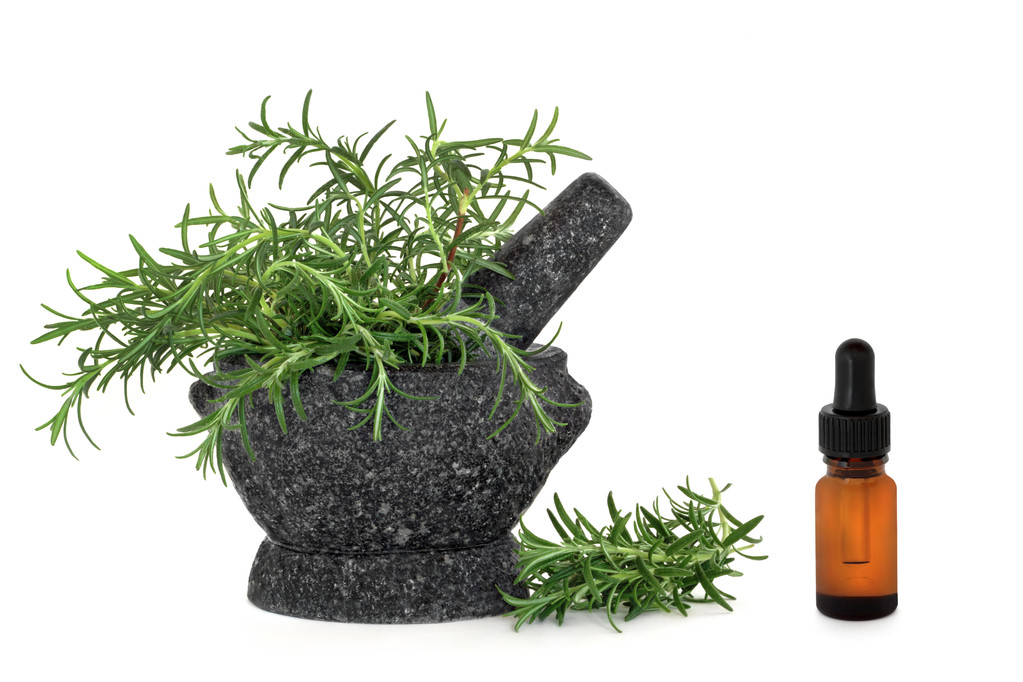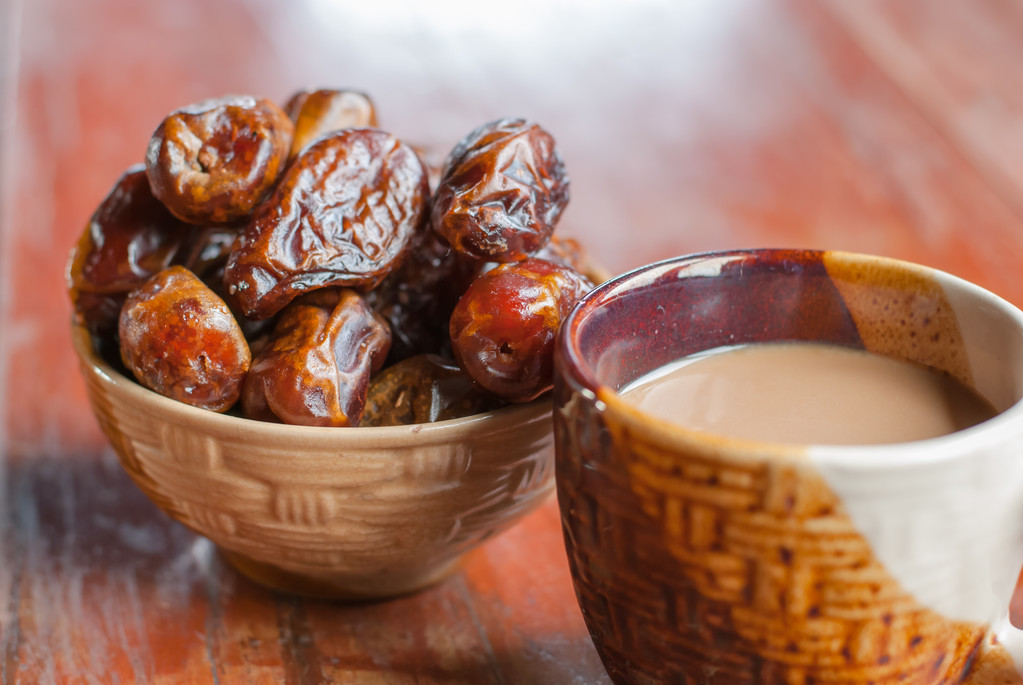Curry herb is still quite unknown in the local kitchen. Here we explain what you can prepare with the plant and how you can use it.
Curry herb is a bushy, evergreen plant that originally comes from the Mediterranean region. It is also called immortelle or Italian helichrysum and actually has nothing to do with Indian curry powder. However, they taste very similar – that’s how the plant got its name.
Curry herb is mainly used in cooking; but it is also said to have various healing effects.
Curry herb in the kitchen: recipe ideas
Curry herb is used in particular as a spice for rice and meat dishes and can be prepared in different ways:
You can chop the needle-like leaves of the curry herb and add them to your vegetable pan as a herb spice. The herb goes particularly well with Asian dishes with coconut milk, but also as a tart addition to a risotto. Tip: Do not let the curry herb cook for longer than 5-6 minutes, otherwise it will give off bitter substances.
The finely chopped leaves can also be added fresh to a salad and add value to any dressing. Note, however, that the intense flavor of the curry herb only really comes into its own when it is cooked briefly.
If you want some variety for your spread, you can also use the chopped herb for homemade herb butter or herb quark.
Curry herb also has a slight sage note and is therefore also suitable as a seasoning for veal or lamb dishes. The whole stalk of the herb is added to the pan. Important: You should not serve the stalk, as eating it can lead to stomach problems.
It is best to harvest the stalks and leaves of the herb before flowering, because after that they lose their aroma. You can also use curry herb not only fresh, but also dried – this way you make it last longer, but the aroma of the dried leaves is not quite as intense.
Curry herb as a medicinal plant
Curry herb contains essential oils, flavonoids and bitter substances. It should therefore have a digestive, antispasmodic and anti-inflammatory effect and promote the body’s own defense mechanisms.
A tea made from curry herb can help, especially with cold symptoms such as a cough or sore throat. For a cup of tea, pour boiling water over about two teaspoons of dried curry herb blossoms and let the brew steep for about seven minutes.
The essential oil obtained from the curry herb can be used well for irritations on the skin, such as light sunburn. It can also serve as a basis for healing ointments.
Curry herb is therefore versatile and also very easy to care for – the perfect addition to your herb bed in the garden or on the balcony.

